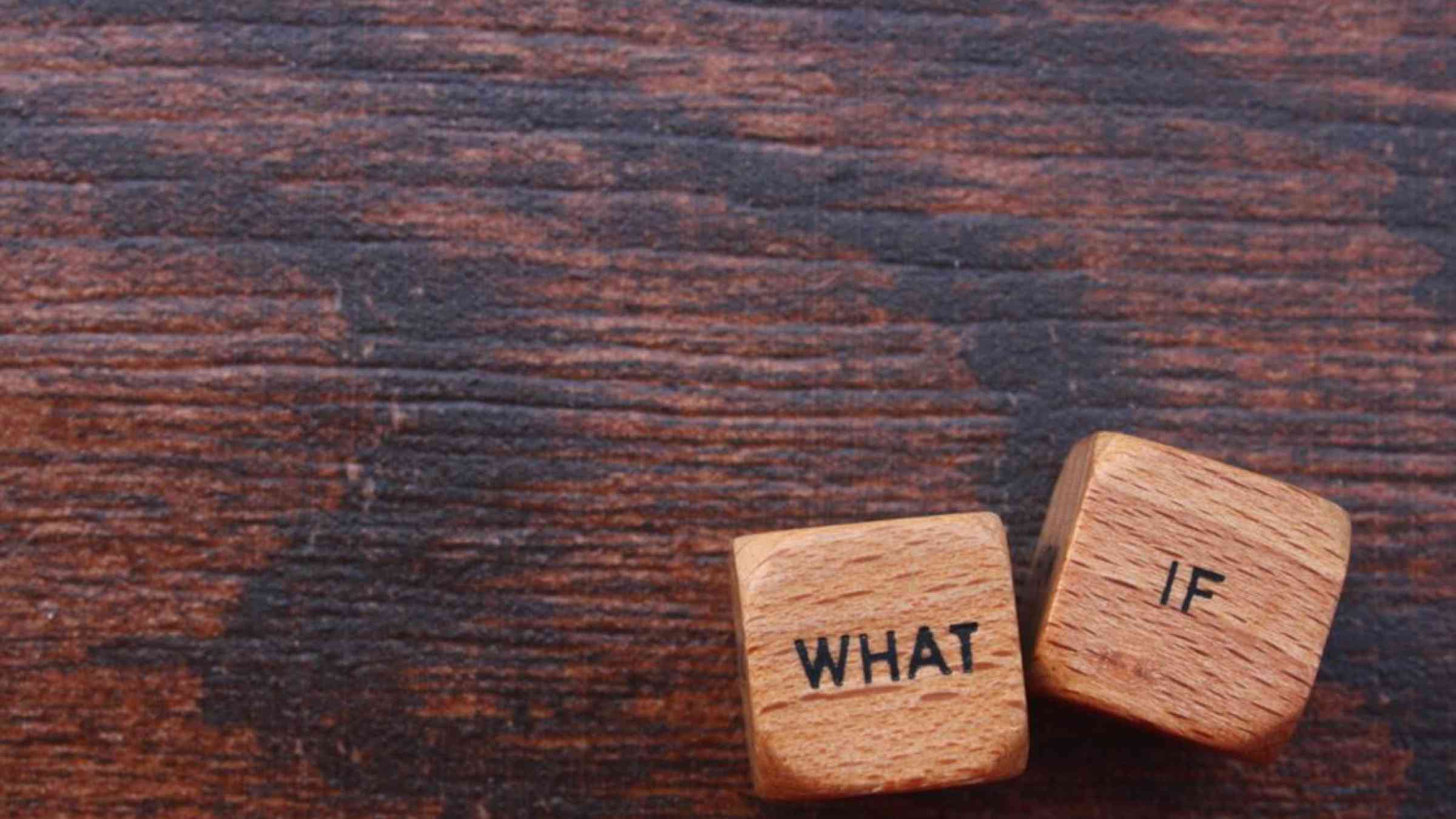Interview: Scenarios, an effective tool to understand and mitigate risk

The Lighthill Risk Network recently published two reports on developing scenarios, one for the insurance industry and one for the DRR community. Co-founder Dickie Whitaker discusses how scenarios can help us understand the systemic nature of risk.
PreventionWeb – What are ‘scenarios’ and how do they draw on the traditional risk modelling and risk assessment approaches?
Dickie Whitaker – Scenarios provide a tool to help probe issues around risk. They are stories we tell in order to explore different questions and angles about risk and risk assessments. You can use different types of scenarios for different types of problems.
I spend quite a lot of my time looking at very complex models – but of course those models are difficult to use, or to buy, or to build, especially in parts of the world with limited resources. In addition, models just give you numbers and graphs, they don’t tell you what to do. Scenarios often have a pragmatic focus: What would the government be able to do? Would it be overwhelmed? Would we have to rely on the international community? The nature of this narrative can elicit practical strategies and approaches.
So, we hope this guide will help people to start thinking about risk in a different way, something they might not be able to do using these more expensive models.
PW –The current COVID-19 outbreak has widespread impact on all sectors of society across the globe. How can a scenario help us understand the systemic nature of risk and better prepare for a crisis such as a pandemic?
DW – Many people around the world have never lived through or experienced a pandemic. They are not familiar with what it does, how it works, how it propagates, and all the other facets of such and outbreak. Scenarios provide a good methodology to realise what would be the impact on your society or your community.
Because the last major pandemic we had was in 1918, we don’t really have information, enough memory or experience to be able to do this. By sitting down with experts, with people in the community, and going through the process of building a scenario, we can tell that story to help people to cognitively understand these things. This in turn will help you plan and explore mitigation strategies. The Cambridge Centre for Risk Studies, which was commissioned to do this research, developed an influenza pandemic scenario in 2014. It has a lot of similarities with the coronavirus.
PW – In the current crisis, decision makers are called to make a lot of decisions under deep uncertainties. How does scenario planning help inform decision making in these conditions?
DW – Firstly, developing a narrative around a risk or problem brings context to the different aspects of that risk. In practice, people can unpack a series of questions: “We have never experienced a drought that bad, what does it really look like? What will happen to crop yield and production? What will happen to families, and cities, and communities? What will the government do? What will the international community do?”
It also allows you to contextualize elements of uncertainty. You can then build in probabilistic elements to analyze what this uncertainty really means. Contingency plans and adaptative measures can also be tested across multiple scenarios.
PW – The Sendai Framework calls for a whole of society approach to reducing disaster risk. How can scenario planning support better coordination among different stakeholders and government entities?
DW – An important function of scenarios isn’t so much the output, as the process that stakeholders go through in building these scenarios. Let’s imagine a city in Southern Africa that wants to understand what would happen if they get a very extreme flood event. By bringing together city planners, disaster relief agencies, flood experts, critical infrastructure operators, they can involve the whole community to build the scenario and develop contingency plans and risk reduction measures. People who are part of that process go back to their day jobs with a much better sense of the risk and their preparedness levels. And scenario planning can happen at all levels, from national governments down to the community levels. It can benefit a farmer in Kenya as well as a banker in New York.
Download the guides:
The Lighthill Risk Network is not-for-profit organization funded by the insurance industry, which aims to facilitate and enhance knowledge transfer into business from academic, government and commercial experts at the forefront of risk-related research.
Dickie Whitaker has 30 years’ experience in the Re(In)surance business and for the last 20 years has specialised in risk and innovation, linking academia, government and finance. He co-founded The Lighthill Risk Network, Oasis Palm Tree Ltd, The Oasis Hub and is chief executive of Oasis Loss Modelling Framework Ltd. He provides advisory roles to: UK’s Satellite Applications Advisory Board, Expert Group for the Global Risk Assessment Framework (GRAF), UNDRR and Cabot Institute advisory board.
